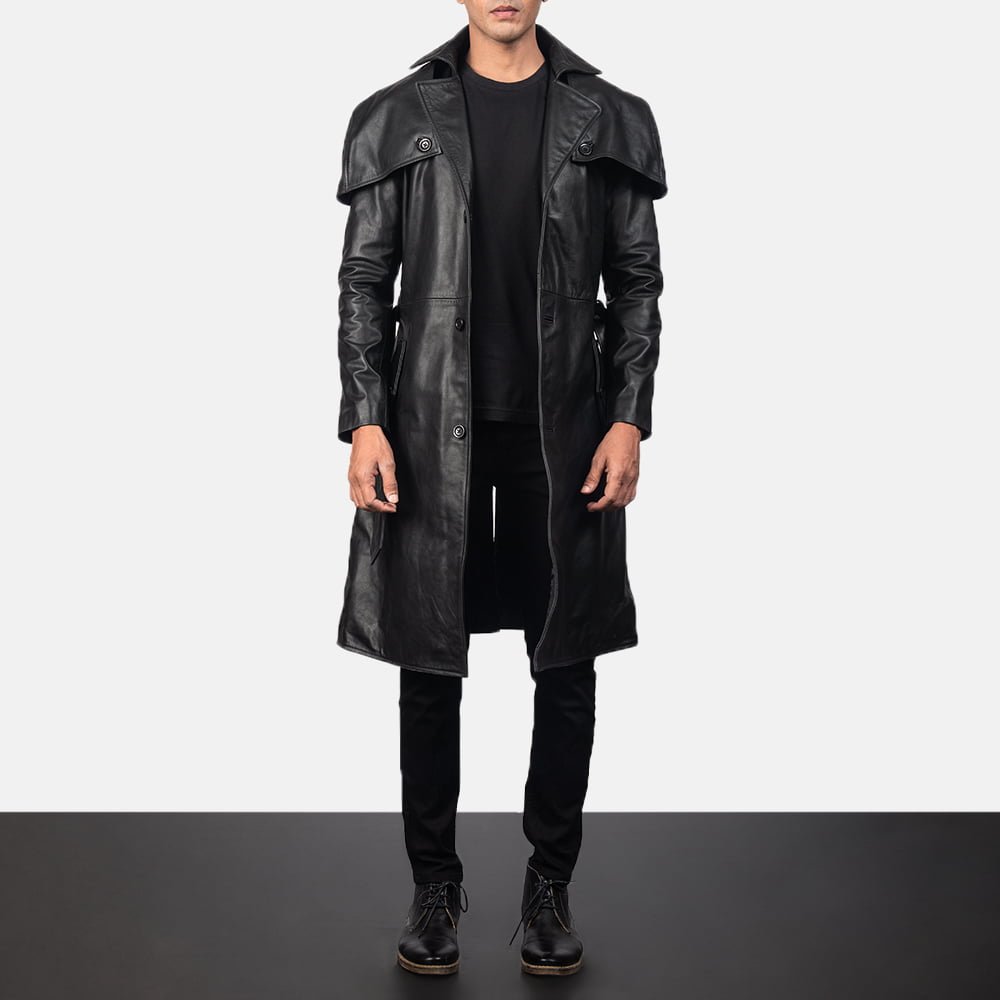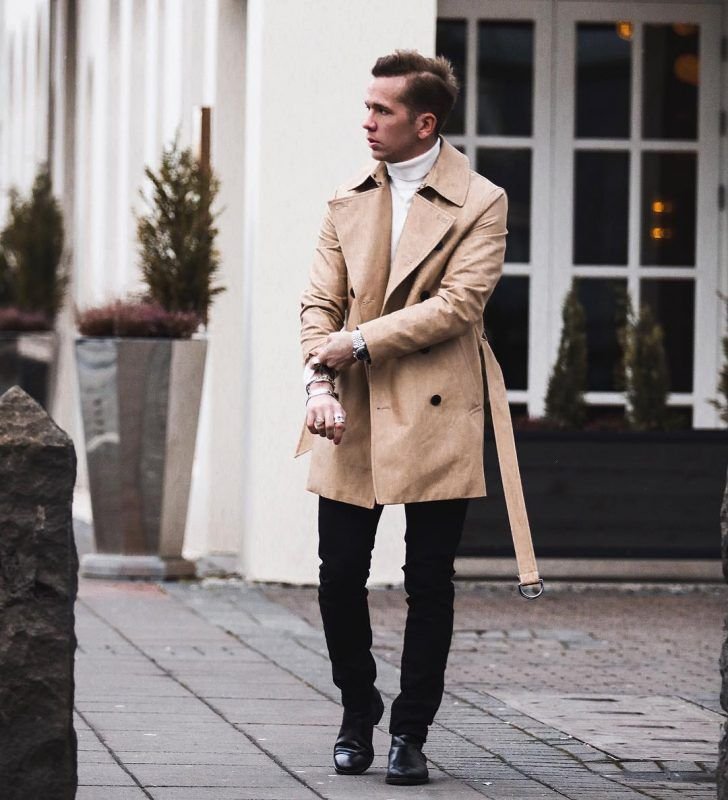Why was the trench coat banned?
A Brief History of the Trench Coat
The trench coat, a versatile and enduring piece of outerwear, finds its origins rooted in the practical needs of soldiers during World War I. Designed by British Army officers, this garment was crafted from waterproof fabric to protect against the harsh weather conditions commonly faced in the trenches. The initial design featured a double-breasted front, a belted waist, and epaulets, which not only served a functional purpose but also demonstrated a sense of authority and style.
As the war concluded, the trench coat began to transition from military utility to civilian fashion. Its adoption by the general public marked a significant shift, as it became associated with sophistication and elegance. The 1920s and 1930s saw the trench coat embraced by influential figures in the arts and entertainment sectors, leading to its depiction in film noir and classic cinema. Icons such as Humphrey Bogart and Marilyn Monroe helped to solidify the trench coat’s status as a fashion statement, further intertwining it with popular culture.

Throughout the decades, the trench coat has evolved in terms of style and materials, adapting to changing fashion trends while retaining its classic elements. Modern variations may include lighter fabrics, different lengths, and even bold colors, yet the quintessential design remains intact. The trench coat has not only served as a staple in women’s and men’s wardrobes alike but has also transcended its origins to become an emblem of timeless fashion. Its rich history underscores not only the practicality of the garment but also its ability to remain relevant in contemporary style, marking it as an iconic piece of outerwear. The evolution of the trench coat is a testament to its multifaceted role in both military and civilian life.
The Reasons Behind the Ban
The banning of trench coats in specific contexts can be attributed to a confluence of public safety concerns, criminal activities, and societal perceptions surrounding the garment. In recent years, trench coats have often been associated with various high-profile criminal incidents, leading to increased scrutiny from authorities. The design of the trench coat, with its long, flowing fabric and large lapels, has raised suspicions, as it can easily be used to conceal weapons or other illicit items. This has prompted law enforcement and institutions to view the garment as a potential disguise, contributing to the decision to implement bans in certain environments.
Moreover, the rise in crime rates in some areas has further catalyzed these restrictions. As communities grapple with issues related to safety and security, the visibility of suspicious clothing has garnered the attention of policymakers. Trench coats, once celebrated for their classic style and functionality, are now seen as problematic, particularly in settings such as schools, malls, and public events, where safety is paramount. Consequently, these environments have instituted bans on trench coats to deter potential criminal behavior.

The political and social climate surrounding the issue cannot be overlooked. Recent incidents involving individuals dressed in trench coats carrying out unlawful activities have amplified fears, leading to a generalized suspicion of the garment. These societal narratives often overshadow the coat’s historical significance and functional design. The cultural perspective surrounding trench coats has shifted, with many now viewing them as symbols of threat rather than fashion. This shift in perception has contributed to the demand for bans and restrictions, marking a significant change in how a once-beloved item is perceived in modern society. Overall, the interplay of public safety, social attitudes, and recent incidents has culminated in the controversial ban on trench coats in various contexts.
Public Reactions and Backlash
The trench coat ban has sparked a wide array of public reactions, reflecting a diverse spectrum of opinions from fashion enthusiasts, cultural commentators, and the general populace. Social media platforms have become battlegrounds for this debate, with users voicing their strong opposition to the ban. Supporters of trench coat freedom argue that this garment symbolizes empowerment and individuality, especially within subcultures that have historically embraced it as a statement of rebellion. Critics, on the other hand, have highlighted perceived threats to public safety as a justification for the prohibition.
Fashion enthusiasts have taken to online forums to express their discontent, emphasizing how trench coats represent not just style, but also personal identity. Many argue that the ban could infringe upon personal expression and limit the freedom to choose one’s attire. Protests have erupted in various cities, with activists donning trench coats to make a statement against the perceived overreach of authority. The trench coat, in this context, evolves from mere clothing into a symbol of defiance against censorship and a representation of cultural identity.

In addition to social media and protests, voices from the realm of culture and academia have weighed in on the implications of the ban. Cultural commentators have pointed out that the trench coat’s association with iconic figures in literature and film has imbued it with a certain gravitas. They note that curtailing access to such garments would not only impact fashion but could also dampen the creative expression that emerges from subcultural dynamics. As discussions continue, it becomes evident that the trench coat is far more than an article of clothing; it is an emblem of rebellion and a key component of personal identity for many individuals.
The Future of the Trench Coat
The recent ban on trench coats has sparked a myriad of discussions regarding the future of this iconic garment. As fashion continues to evolve, societal attitudes toward clothing associated with controversy also shift, paving the way for potential trends that may emerge from this situation. It is crucial to consider how designers and fashion brands might react to these changes, as their influence can significantly shape consumer perceptions and behaviors towards the trench coat.
In the wake of the ban, there could be a resurgence of interest in the trench coat, albeit in modified forms. The classic design may be reinterpreted to meet contemporary standards, potentially integrating new materials or innovative elements that challenge the current restrictions. Designers known for their creativity might seek to utilize the trench coat as a canvas for artistic expression, utilizing bold colors, patterns, or silhouettes, which can reframe its narrative and attract a new audience.

Moreover, the intersection of fashion, identity, and social norms presents an intriguing landscape to explore. The trench coat, historically associated with mystery and intrigue, may find new relevance as consumers increasingly seek to express their individuality through fashion. As society grapples with the implications of the ban, public sentiment can become a driving force that influences the design and marketing of trench coats in the future. Consumers might gravitate toward brands that challenge the status quo, offering trench coats that symbolize resilience against imposed limitations.
Ultimately, the trajectory of the trench coat may well reflect broader shifts in cultural attitudes. The potential for reinvention and adaptation of this garment continues to spark interest, and the future of the trench coat rests on the intricate balance between fashion innovation, personal identity, and the reflections of sociocultural landscapes in an ever-changing world.







